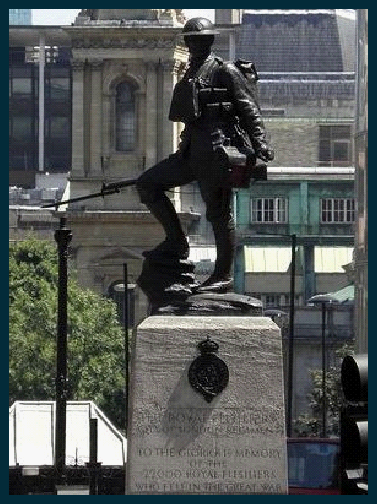Copyright © All rights reserved.



Alfred Jackson
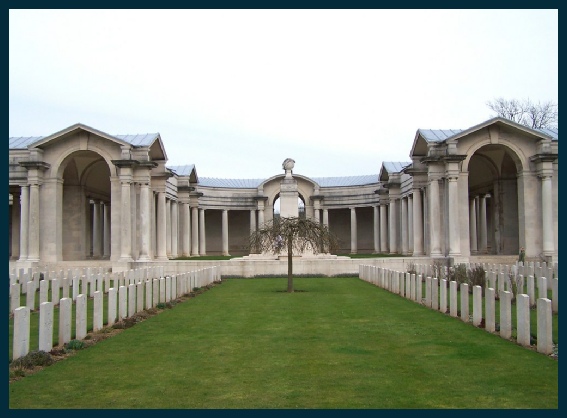
Alfred was the third son of Dr Alfred and Eliza (nee Stephenson) Jackson who married November 5th 1873 in Market Weighton church. Curiously they were married by license – both were of age and local so there is no obvious reason for this. Alfred senior was the son of a surgeon and appears to have qualified at Edinburgh University before returning to Market Weighton, presumably to take up his father’s practice.
Alfred’s birth was registered in the Pocklington area in the third quarter of 1883 and he was baptised in the parish church at Market Weighton on 31st July 1883.
Alfred senior died in the first quarter of 1890 aged 39 and by the time of the 1891 census the family had split up; Hilda and Alfred were living with their paternal grandmother Clara and their aunt Mary along with several other young relatives in Bridlington, while the remaining children lived with their mother in Pocklington. Money would seem to have been tight as while the eldest son Matthew was sent to a boarding school in Epsom, Surrey and subsequently qualified as a doctor, none of the other boys seem to have had such an education.
1891 Census -
Clara R, Jackson, Head, Widow, Female, 64, Living On Own Means, Islington, Middlesex,
Mary E, Jackson, Daughter, Single, Female, 38, -
Hilda, Jackson, Granddaughter, -
Alfred, Jackson, Grandson, -
Robert G, Woodward, Grandson, -
Ruth H, Jackson, Niece, -
Constance A, Jackson, Niece, -
Rachel, Broadley, Servant, Single, Female, 23, Domestic General Servant, Nafferton, Yorkshire
1891 Census -
Eliza, Jackson, Head, Widow, Female, 40, Living On Her Own Means, Arras,Yorkshire
Matthew, Jackson, Son, -
Ross L, Jackson, Son, -
Annie I, Jackson, Son, -
By 1901, Alfred had left school and was working as a bank clerk in Bridlington, where he was living alone.
1901 Census -
Alfred, Jackson, Head, Single, Male, 17, Bank Clerk, Market Weighton, Yorkshire,
Alfred’s grandmother Clara died aged 81 in 1908 and it seems that Alfred and his mother together with his sister Annie moved into her house in Bridlington where we find them in the 1911 census.
1911 Census -
Eliza, Jackson, Head, Widow, Female, Private Mean's, 61, Yorks Mkt Weighton
Alfred, Jackson, Son, Single, Male, Bank Cashier, 27, Yorks Mkt Weighton
Annie Isabel, Jackson, Daughter, Single, Female, Daily Governess, 22, Yorks Mkt Weighton
Presumably by the outbreak of war Alfred had taken up a post in Malton because the list of soldiers who died in the Great War gives both his residence and enlistment place as Malton. As he is also commemorated on the Norton War memorial, we can assume he was living in Norton. It is not clear when he joined up, probably in 1915, or why he enlisted in the Royal Fusiliers, a London-
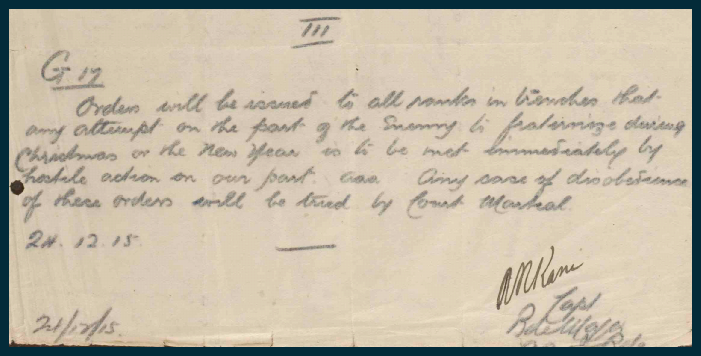
In June 1915 they came under the command of 99th Brigade, 33rd Division and arrived in France in November 1915. They were immediately sent to Beuvry, a village near Bethune, to undertake training in trench warfare and had their first experience of the trenches on the last two days of November. In mid-
January 1916 proved largely uneventful with the battalion in the Divisional reserve but in February they moved into trenches in the Givenchy area and for the first part of the month sustained a steady flow of casualties. They returned to the Barlin area where they alternated between billets and trenches before moving to Ourton in mid-
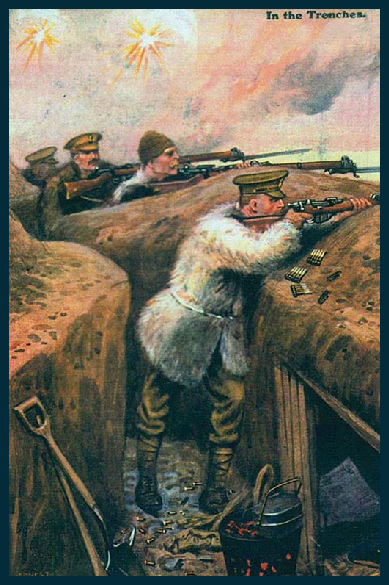
In mid-
On 5th July they moved south to the Somme area and took over the frontline trenches at Berthonval alternating with billets at Morlancourt until on 23rd July they were moved to Montauban (Montauban de Picardie).
On 27th of June they formed the support for the attack on Delville Wood. “In the course of the day, every available man of all four companies was thrown into the fight.”
After a couple of days to regroup, they were back in Delville Wood sustaining heavy casualties from shellfire and remained through early August either in trenches in the wood or in bivouacs nearby. By 21st August they had marched to Hebuterne and were back in front line trenches. On 15th September they carried out a successful raid on the German trenches, despite warnings that the wire had not been sufficiently cut to make a raid advisable, sustaining no casualties but killing 11 enemy soldiers and taking 10 unwounded German prisoners. They remained there or in bivouacs in Couin until 19th September.
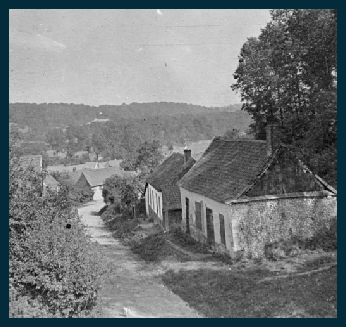
On 20th September they moved west into billets in Authie where they remained before marching to the front line at Redan on 30th September. They stayed in trenches for a week and then moved to billets in Arquèves where they stayed until they returned to the front at Redan on 17th October. This tour at the front was notable for the heavy artillery duel which caused considerable damage to the trenches.
On 20th, the War Diary reports: “At about 11 a.m. a dug-
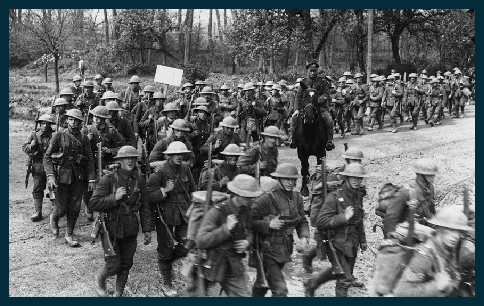
That day they retired to billets in Mailly Wood before moving to Achieux Wood where they stayed until 5th November when they spent a few more days in the trenches before marching to Bertrancourt on 12th where “warlike stores” were issued. The following day they moved into the trenches and went into action, achieving a considerable advance over the next few days despite miserable conditions and a shortage of food and drinking water.
On the 16th with their objectives achieved they returned to billets in Mailly-
The battalion re-
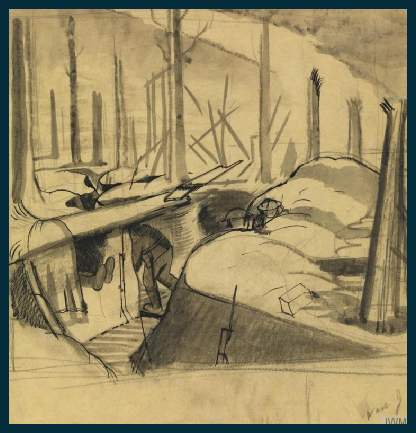
On 16th February the battalion moved to battle positions in Miraumont and the subsequent action saw them take substantial casualties, losing several experienced officers. One entire platoon of “C” company after losing their direction were surrounded and taken prisoner by the German forces. The battalion moved into billets on 20th February and stayed there for the rest of the month.
On 3rd March they moved back into support positions in the Courcelette trenches. After a week in Wolfe Huts they took up battle positions for a brigade attack on Grevillers trench on 10th March. After leaving the trenches next day, the battalion moved to billets in Albert where they stayed a few days while receiving a draft of 100 men before moving to Ovilliers Huts for a time and then returning to Albert. Over the last week of March, the battalion marched from Albert to Fiefs where they stayed in billets until 7th April. From there they moved to La Thieuloye, before taking positions in the frontline trenches opposite Gavrelles on 13th April.
On 17th April they marched to billets in Bray where they stayed until 24th April taking over frontline trenches opposite Oppy Wood on 26th April. “During the days the front line was evacuated in order to allow the heavy artillery cut wire” On the 27th the front line was again cleared for cutting and on the night of 27/28th the Battalion was relieved in the front line.
During the day of the 28th the Battalion remained in reserve, the 5th and 6th Infantry Brigades having attacked the German positions at 4.25am and on the night of the 28/29th the Battalion moved to battle positions; the weather was extremely fine but the visibility on the morning of the 29th was not good.
The plan was that the battalion would be ready to go at 9 p.m. on the evening of the 28th and that the attack would be launched at 3 a.m. (later changed to 4 a.m.) Their commanding officer wrote in his account “Fortunately I had kept my men in battle order for the last 10 days, viz: each man carrying 3 bombs, sandbags and filled water bottle, but owing to some misunderstanding with Brigade Transport about rations, I was unable to obtain the next days rations. The men, therefore, left with only emergency rations and water in bottles. The men had just done 3 days in the front line and had only reached their rear positions at 4.30 am that morning. They were therefore tired. They passed the starting point almost at the time ordered and reached their battle positions at 2 am”. The dumps that they were relying on for food ammunition and water proved to be more or less non-
At Zero hour they found that they were facing uncut German wire where they had been told it would be cut and that there were no extra bombs, tools or supplies available to them. They were formed up in waves, covering the whole front, with 50 men of the 1/KRRC forming a defensive flank. The waves were formed up in perfect order and went forward directly the barrage opened, led by the subaltern officers.
They were at once hung up by the wire in the dark -
2nd Lt Stanley Jeffcoat who had recently joined the battalion took some men and found a gap in the wire through which they gained access to a trench and proceeded to bomb it up. He enlisted help from men of the 63rd Division and progressed along the trench, ably assisted by CSM Roger, fighting and bombing with great skill and tenacity. He was fatally wounded and was recommended for the VC. His actions brought about the battalion's success that day.
Meanwhile C Coy. also found the wire uncut and three platoons were completely annihilated. One platoon managed to find a way through the German defences and despite heavy opposition combined with men of the Royal Berks Regiment there.
Lt Col R Barnett Barker wrote “I am of the opinion that the men who had established themselves in the German Line could have maintained their position there till I could reinforce them, if proper dumps had been formed and all administrative arrangements been made in perfect order previous to the attack – they only carried three bombs each and the ordinary supply for bombers. The fighting was of a desperate character and the bombs quickly gave out. The Lewis Gunners crawled out of the trenches and used their guns as sprays and were shot accordingly… Owing to all Officers becoming casualties, I could get no information from the front line at 6am. I sent up my Intelligence Officer – 2/Lt HUDSON – to report on (the) situation. He sent back word at once, and also that bombs must be sent up – he himself became a casualty, -
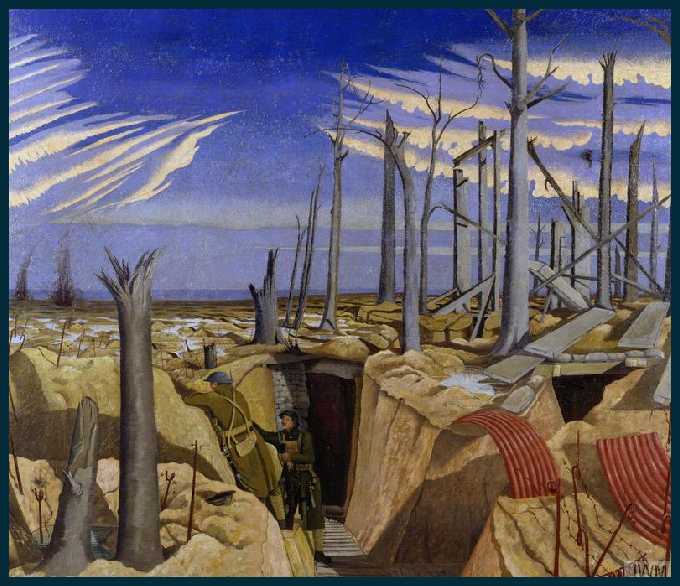
At 3.15pm the 99th I.B. informed me that OPPY WOOD and VILLAGE were reported to be in the process of evacuation by enemy ... At 5.30(?)pm I received a patrol report from Capt. BOWYER to the effect (a)that enemy were holding a trench just west of the sunken road, (b)that there were several hostile posts protected by wire – he added that the trench seemed to be a communication trench running in a half circle. (c)the OPPY WOOD patrol reported “enemy still in occupation, about 200 of them being seen proceeding from sunken road to wood…
I am of the opinion:
(a) that our failure to take the first objective in the first place was simply owing to the wire not being cut and the difficulty in finding the few gaps in the dark.
(b) that in spite of (the) above, men of the 22nd R FUS. Who got into (their) first objective, would have cleared it and maintained themselves there, if bombs had been available. The fight was simply a bombing fight as it was in trenches – rifle fire and bayonets were useless.
(c) the supply of bombs and SAA when once they began to arrive from 99th I.B. was ample, and that had more time been allowed us to properly organise dumps and carrying parties, the attack could not have failed.
(d) the enemy were guardsmen and fought magnificently. The losses on both sides were therefore about equal.
(e) Their counter attackers appeared to be splendidly trained and organised and had unlimited bombs,
(f) our barrage of 6 mins did not allow sufficient time for men to advance over 150 yards and get through two belts of wire. The barrage had lifted before our men reached the second belt...”
During the night of 29/30th the Battalion was relieved by the 11th East Yorkshires and returned to the Railway cutting and Gin Trench.
The casualties, as far as ascertained, during the action were 21 killed, 52 wounded, 30 wounded and unaccounted for, 50 unaccounted for and 19 more or less seriously gassed. According to the War Diary “Only the Head Quarters Officers and 40 men marched out of the action”.
It was at some point in this chaotic carnage that Alfred met his end. His body was not recovered and he is commemorated on the Arras Memorial His effects, medals etc were sent to his sister Hilda who was working as a Nursery Governess in Hereford in 1911.
He is commemorated on the war memorials in St Michael’s, New Malton and St Peter’s, Norton as well as on the Town memorial.
